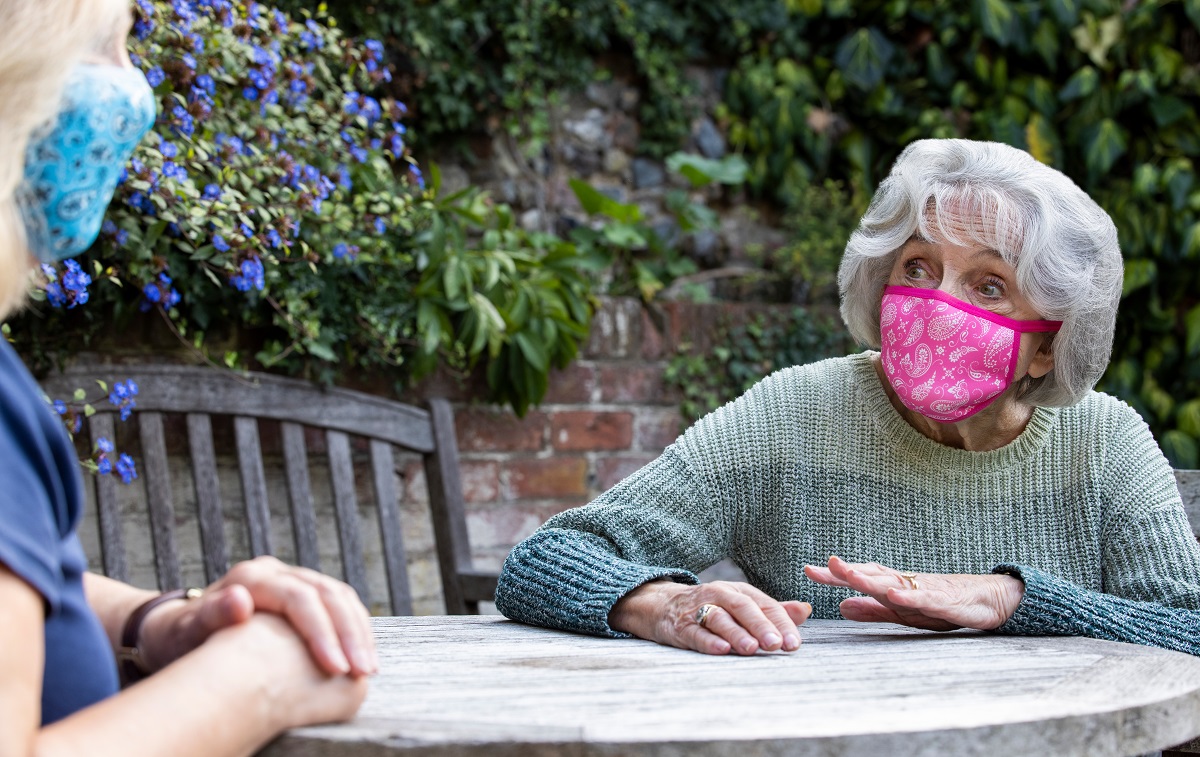Professional carer Daphne Simpson gives her advice on moving and transferring a person with limited mobility so it’s safe for them and you
When caring for a person with dementia who is unable to reposition themselves it is important to transfer correctly and maintain their dignity in every step of the process. Consider their feelings by putting yourself in their position. If I were giving five main tips to carers it would be these:
1. Get help
Due to changes in the brain it is not uncommon for a person with dementia to become fearful of what we consider everyday events and tasks such as transferring into and out of bed or showering. What is comfortable and understood by them one day may be scary and unfamiliar the next. Getting help, when possible, gives you an extra pair of hands should something go wrong.
2. Be prepared and don’t rush – ever
Before transferring make sure that you have planned ahead and put the brakes on the wheelchair, moved the foot rests out of the way and, if using a slide board, dropped the armrest in preparation. We all get very busy especially when caring for another person regularly. There are appointments to be going to, shopping that needs to be done etc. However, rushing a transfer can lead to serious injuries for both you and the person for whom you are caring. I promise you, the headache and guilt that comes with that injury won’t be worth those few minutes you thought you were saving.
>> SHOP: TRANSFER & LIFTING TROUSERS
3. Approach calmly and explain every step as it happens
Can you imagine someone whom you do not recognize showing up at your bedside or your wheelchair and essentially manhandling you into another seat or position? Even if you think or know that the person you are caring for no longer fully understands you, explain it anyway in a calm and gentle manner. ‘Ok, Jane, I’m just going to slide your legs carefully off of the side of the bed and help you to sit up.’ Being kind doesn’t cost anything and the tone of your voice and mannerisms can drastically change the outcome.
4. Carefully manoeuvre
There are, at least, two people affected by the transfer: the carer(s) and the individual being transferred.
For the carer: Pay attention to your body when lifting or transferring the individual. Remember good body mechanics. Don’t lift with your back. Take your time and make sure you are not straining. Lift with confidence. If you are unsure, stop (making sure the individual is in a safe positon at all times) then reattempt.
For the individual you’re transferring: Pay attention to their body. Make sure all flaccid limbs are turned the correct way i.e. making sure the feet are turned forward or the wrists aren’t bent in an odd way. Carefully, transfer them the way in which has be predetermined to be the safest, meaning a two person transfer, or using a slide board or a sling. Once reaching the chair or bed, make sure that they are not seated in an uncomfortable position. Take time to straighten them if they seem to be slouching etc.
5. Safeguarding
Ok, so you have made it to the destination, now what? Make sure the foot plates are down and feet are positioned properly on them. Place the arms carefully in a natural position on the armrests. Positon extra pillows, if used, to maintain a good position. Make sure chair or bed monitoring alarms are on. Lastly, before exiting the room double-check that brakes are on, that bed rails (if used) are up, that they have a way of calling for assistance if they are able, and that they are surrounded by their creature comforts such as a fresh drink, magazines, twiddle muff, mood lights.
Read Daphne’s other tips on helping someone you care for use the toilet.
SHARE
Explore more




